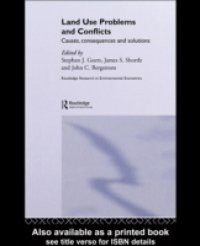How much did the British Empire cost, and how did Britain pay for it? Taxing Colonial Africa explores a source of funds much neglected in research on the financial structure of the Empire, namely revenue raised in the colonies themselves. Requiring colonies to be financially self-sufficient was one of a range of strategies the British government used to lower the cost of imperial expansion to its own Treasury. Focusing on British colonies in Africa, LeighGardner examines how their efforts to balance their budgets influenced their relationships with local political stakeholders as well as the imperial government. She finds that efforts to balance the budget shaped colonial public policy at every level, and that compromises made in the face of financialconstraints shaped the political and economic institutions that were established by colonial administrations and inherited by the former colonies at independence.Using both quantitative data on public revenue and expenditure as well as archival records from archives in both the UK and the former colonies, Gardner follows the development of fiscal policies in British Africa from the beginning of colonial rule through the first years of independence. During the formative years of colonial administration, both the structure of taxation and the allocation of public spending reflected the two central goals of colonial rule: maintaining order as cheaply aspossible and encouraging export production. Taxing Colonial Africa examines how the fiscal systems established before 1914 coped with the upheavals of subsequent decades, including the two World Wars, the Great Depression, and finally the transfer of power.



 7 (1)
7 (1) 














